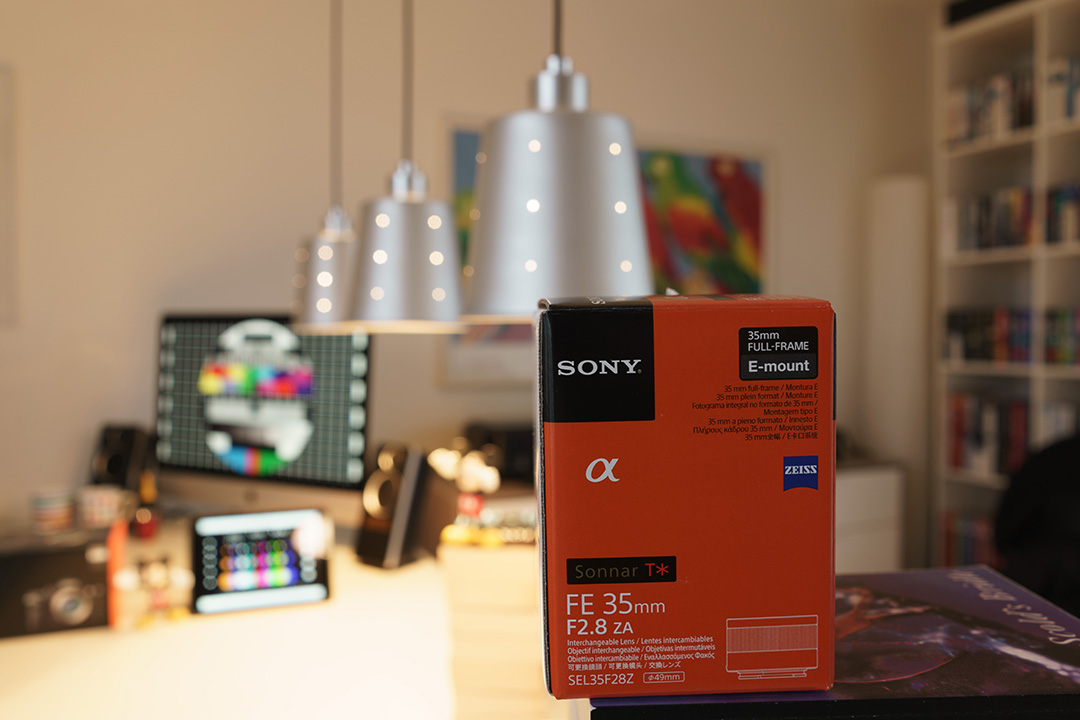Sony 28mm F2.0 vs. 35mm F2.8 - Out-of-Focus Comparison
Marc Heijligers, 21-02-2016On this page you’ll find some crops of the out-of-focus scene for detailed comparison between the OoF rendering of both lenses.
Summarized Results
Overall, the Sony 28mm has a better bokeh rendering due to its bigger aperture and 9 aperture blades (instead of 7 for the F2.8) when the lens is full open. The bokeh balls are larger, and the background renders smoother. At the same aperture, it is obvious that the 28mm lens has more disturbances (e.g. onion rings) in the bokeh balls, which can be disturbing when cropping pictures. The overall rendering of OoF objects is smoother with the 28mm lens. Given its price (€449) compared to the 35mm (€799), it is doing a great job!Test Conditions
Both lenses are tested using an A7RII on a tripod. Photos have been made with Steadyshot turned OFF, Silent Shooting turned ON, and a timer (but the differences are hardly visible with complementary settings in this specific setup). Pictures are taken in RAW, and processed in Lightroom with the Camera Neutral setting, and with Lens corrections enabled.The scene is shown below. The focus point is on the orange lens box. The scene contains some out-of-focus elements, the main ones are:
- Lampshades with small holes, creating small light sources.
- Test image on the computer
- Painting with colors on the back
As both lenses have a different perspective, the camera was setup such that the lampshades were roughly at the same place in the scene with the same perceived size, hence for the 28mm lens the camera was a bit closer to the lens box.
Besides the full picture showing the overall rendering, a crop is taken at the lights sources in the lampshades, to study the shape and content of the bokeh balls.
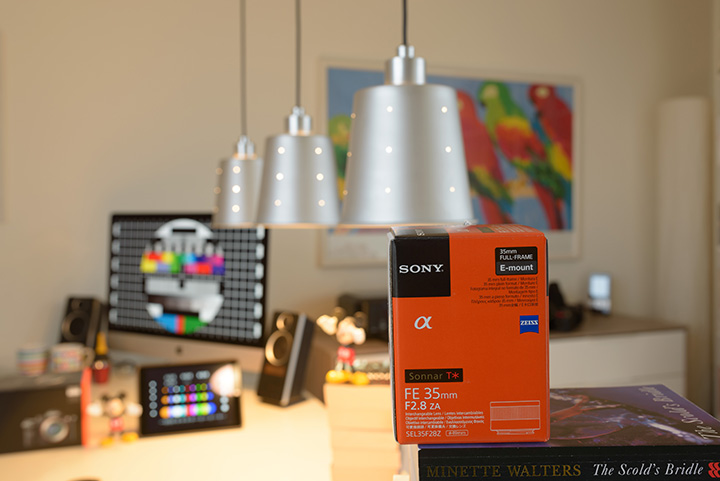
Detailed Comparison
Use the filter button below to select which cases you want to see and compare in detail (the buttons will limit the selection), and use the slider to compare the Sony (on the left) and the Sigma (on the right).-
Bokeh f.open - The Sony 28mm at open f2.0 aperture of course renders much smoother than the 35mm at open f2.8 aperture. This is the big advantage of the 28mm above the 35mm. Both lenses show onion rings in the bokeh balls due to the use of aspherical lens elements, though the 35mm is smoother.
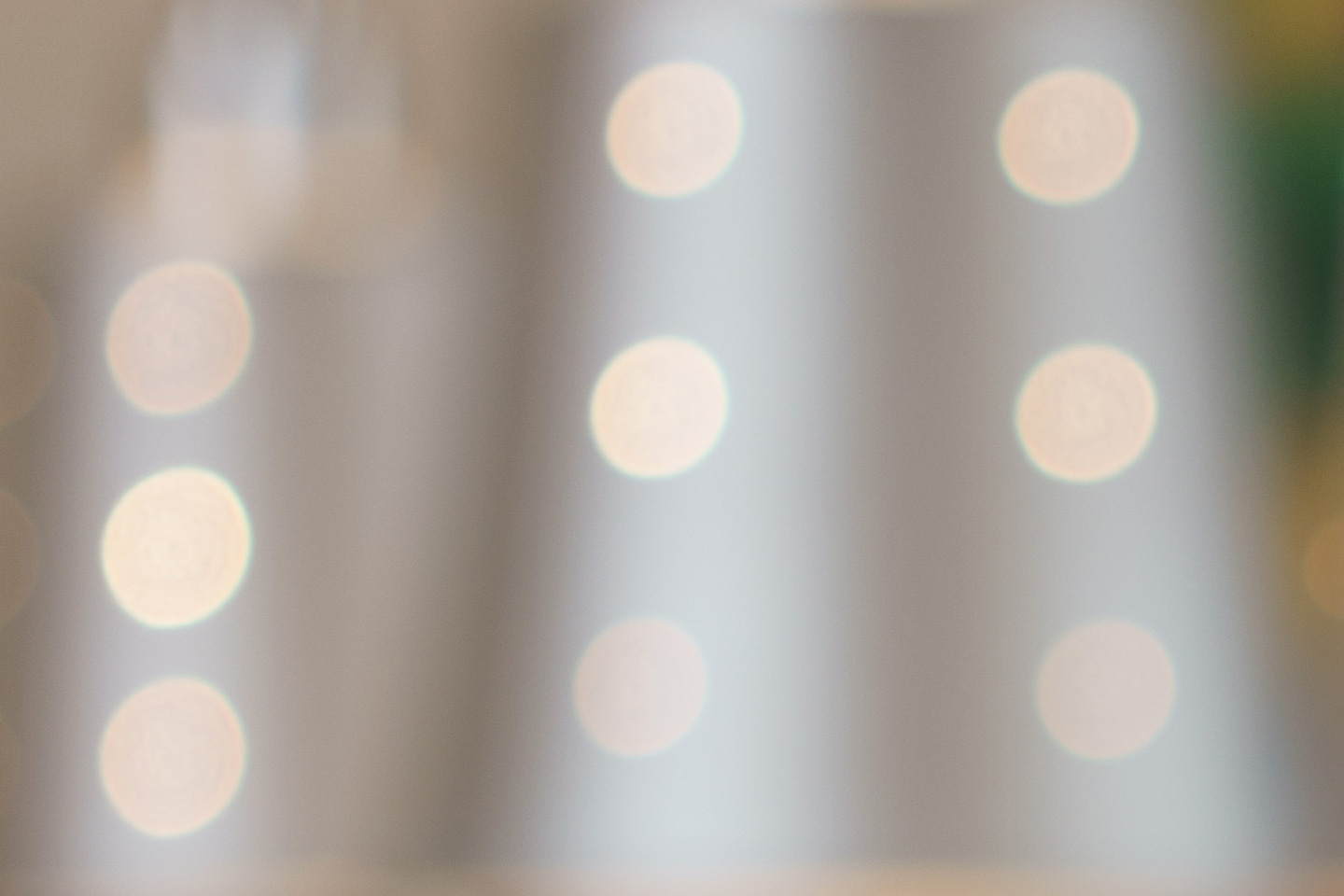
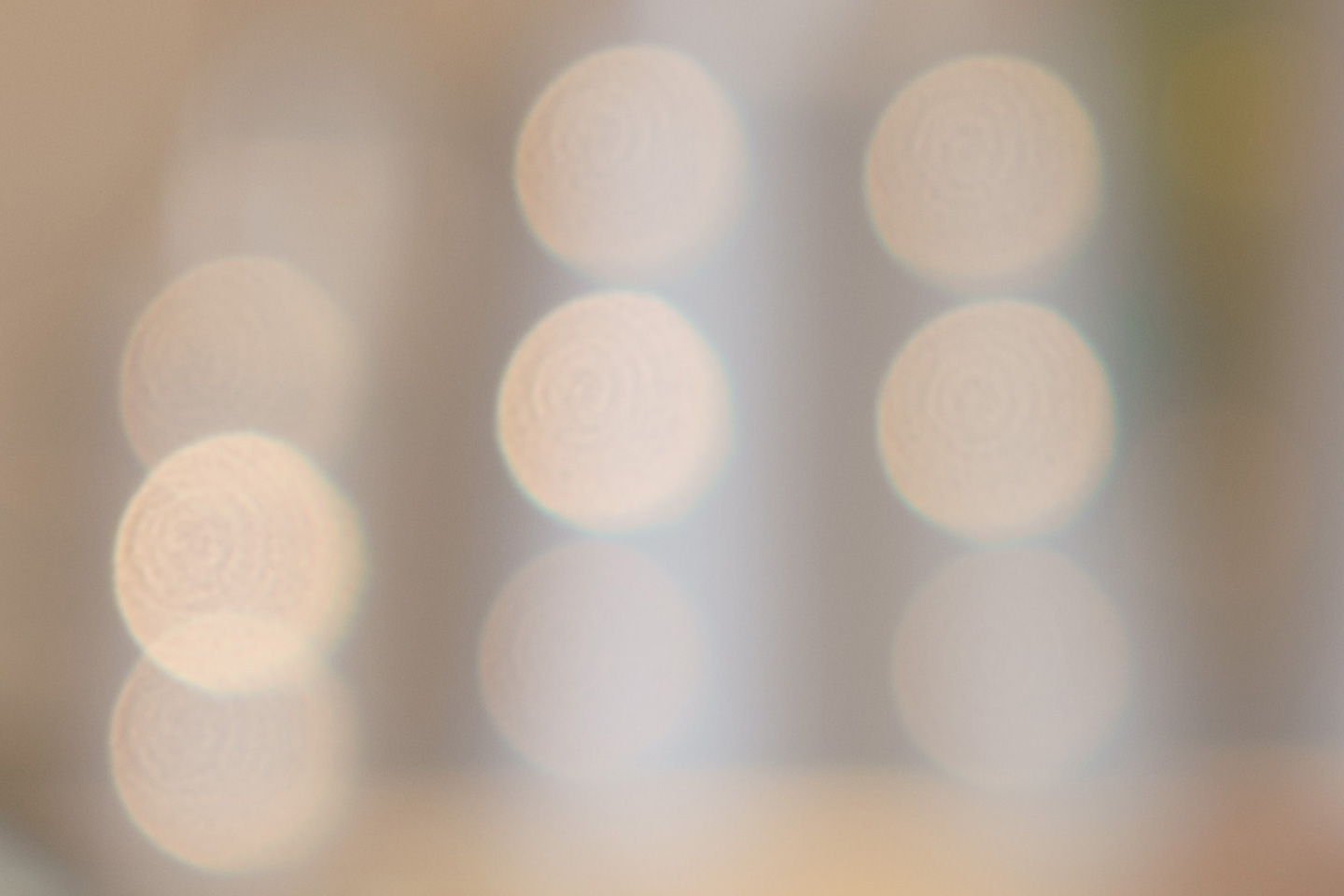
-
Bokeh f2.8 - The bokeh of the 28mm is busy compared to the 35mm, it shows quite some onion rings due to its aspherical lens elements. The 35mm lens renders clearly nicer, despite its green bokeh rings.


-
Bokeh f5.6 - Also at f5.6, the rendering of the 35mm lens is less busy.
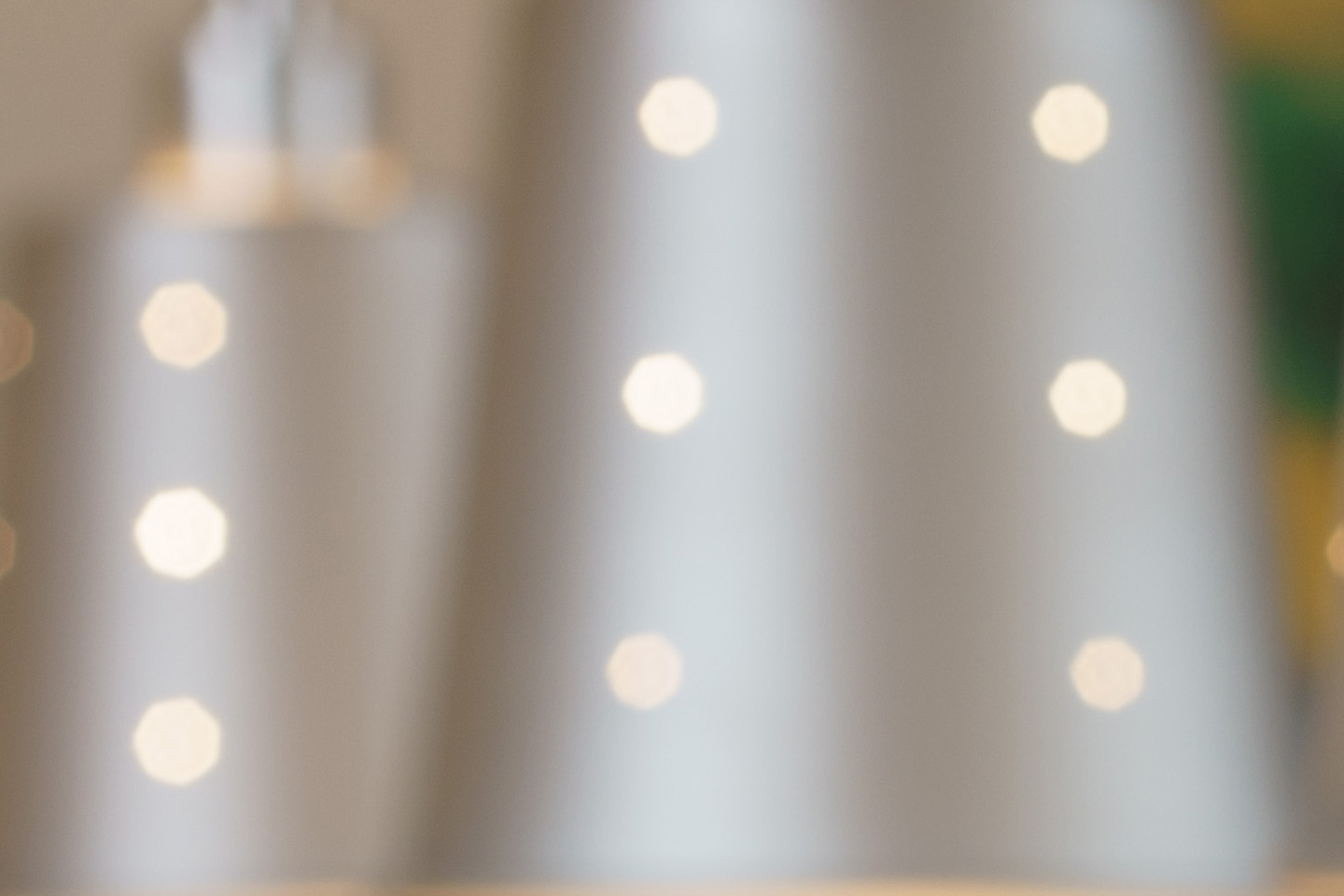
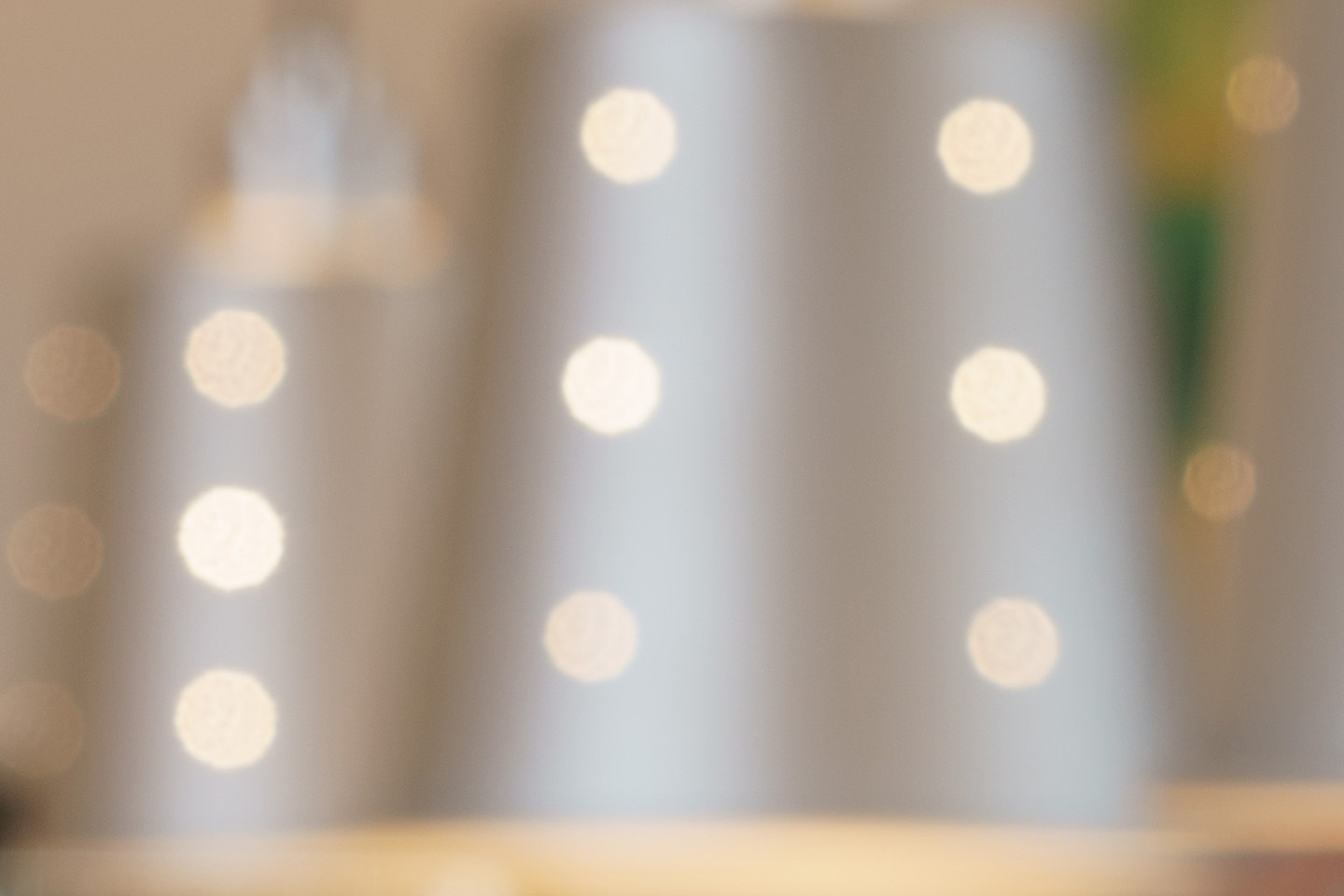
-
Full Scene f.open - Here the reason for buying a larger aperture lens (and/or full-frame camera) becomes obvious, the main (boring… :-)) object is better isolated from its (boring… :-)) background.

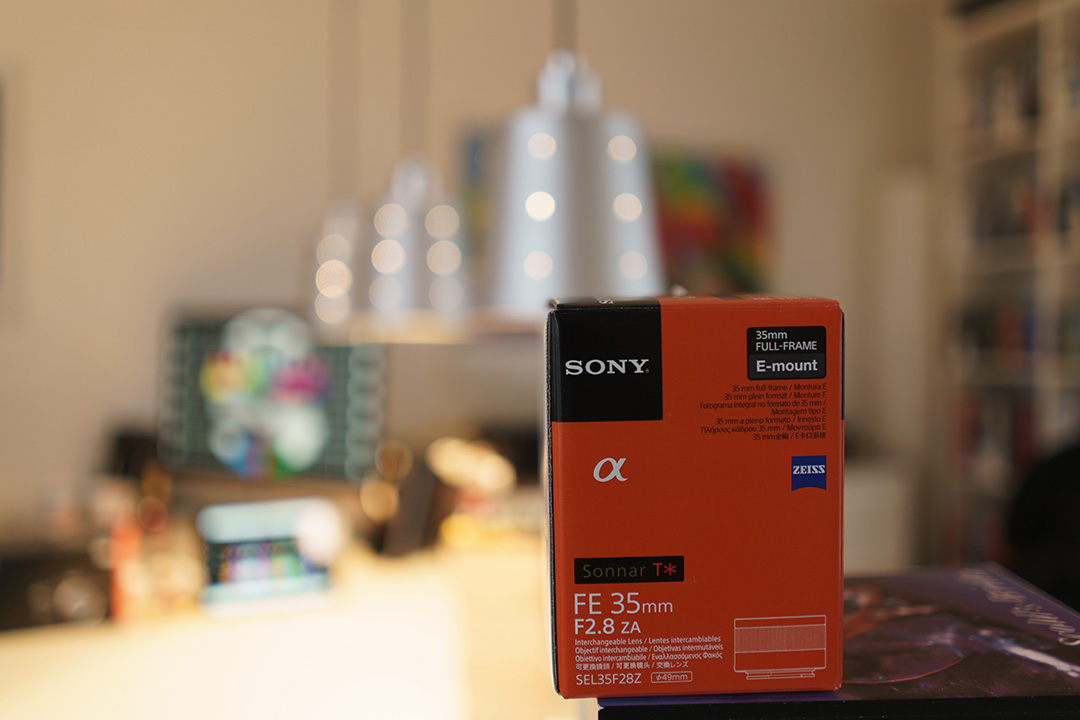
-
Full Scene f2.8 - The differences are mainly visible on more busy rendering of OoF objects on the 35mm lens. The 28mm lens is smoother than the 35mm lens.
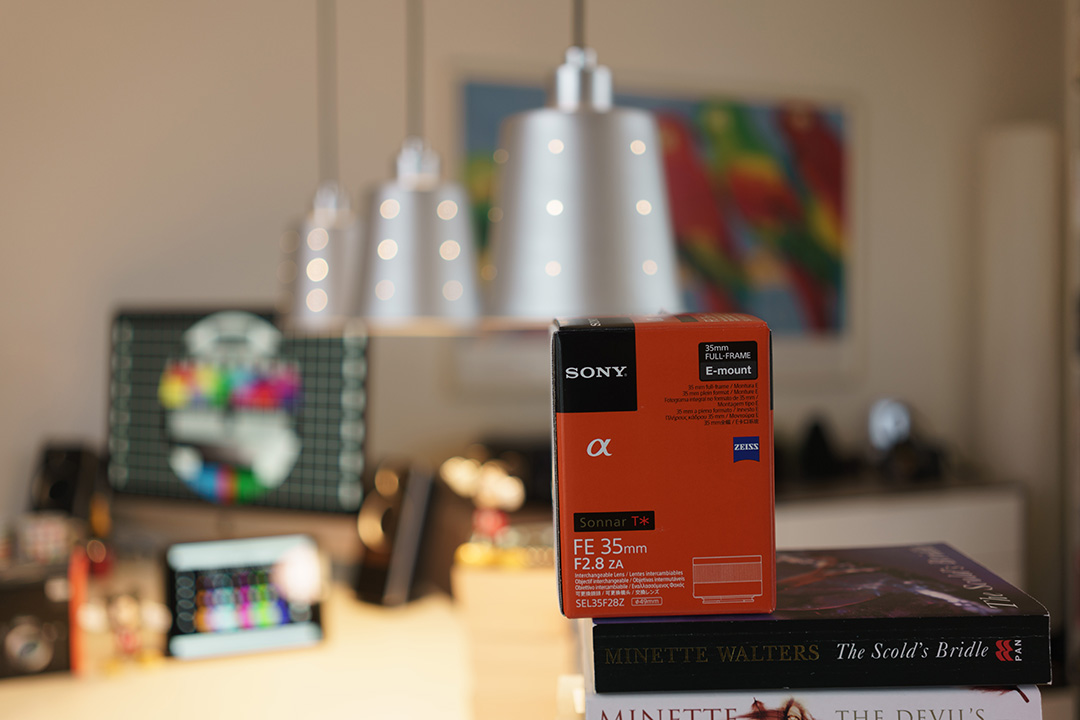
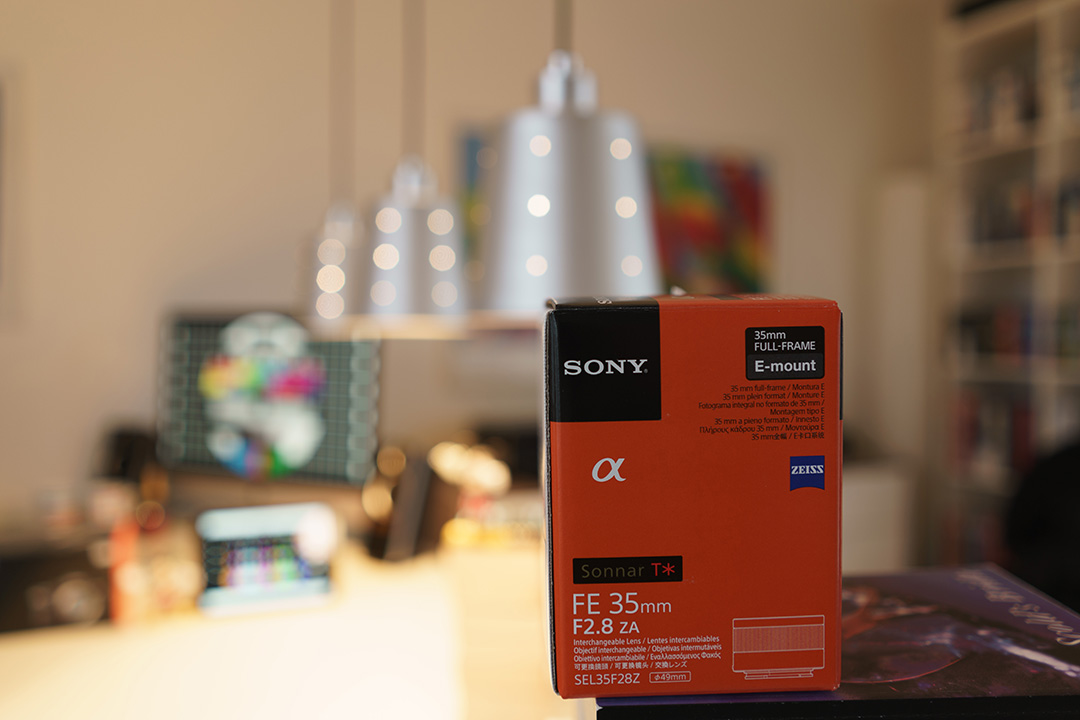
-
Full Scene f5.6 - Some tiny differences are visible, but overall the rendering is quite similar for OoF objects.

